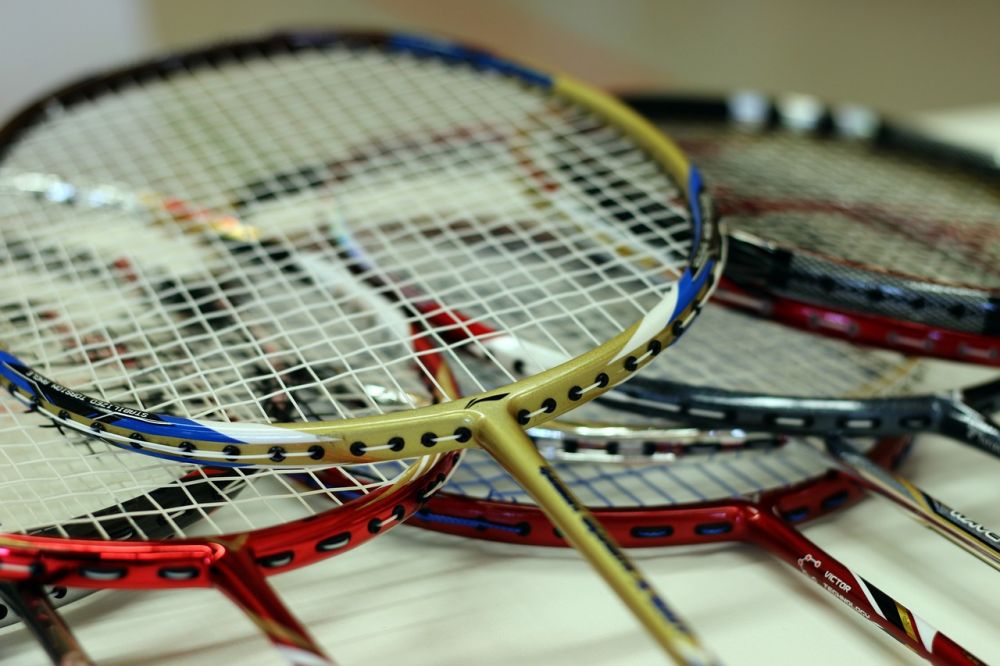Tennis Terminology: A Comprehensive Guide

Introduction:
Tennis, a popular sport enjoyed worldwide, has a unique set of terminology that adds depth and excitement to the game. Understanding tennis terms is essential for players, fans, and enthusiasts alike. This article aims to provide a thorough overview of tennis terms, including their types, popularity, and historical significance. Let’s dive into the world of tennis terminology and unravel its intricacies.
1. Overview of Tennis Terms:

Tennis terms encompass a wide range of phrases, expressions, and jargon specific to the sport. These terms serve various purposes in tennis, such as describing shots, strategies, game situations, and scoring. Learning and using tennis terms not only enables effective communication on the court but also enhances the overall tennis experience.
2. Types of Tennis Terms:
Tennis terms can be broadly categorized into several groups, including:
– Shots and Strokes: This category includes terms like forehand, backhand, volley, lob, slice, and smash, which describe different types of shots a player can execute.
– Court Positions and Areas: Terms like baseline, service box, net, deuce court, and advantage court denote specific areas of the tennis court and positions of the players during a match.
– Scoring: Tennis scoring has specific terms like love, deuce, advantage, game, set, and match, which players use to keep track of the score and determine the outcome of a match.
– Strategies and Tactics: Terms such as serve-and-volley, drop shot, approach shot, and topspin are essential in understanding the various tactics employed by players during a match.
– Tournament and Event Names: This category includes terms like Grand Slam, Davis Cup, and Wimbledon, which denote prestigious tennis tournaments and events conducted globally.
Popular Tennis Terms:
Some tennis terms have gained significant popularity among players and fans. For example, phrases like ”love-40,” ”all-court player,” and ”rally” are commonly used and well-known among tennis enthusiasts. These terms have become an integral part of tennis culture and are frequently heard during matches and discussions.
3. Quantitative Measurements in Tennis Terms:
In addition to verbal tennis terms, the sport also utilizes various quantitative measurements. These measurements provide essential information about a player’s performance and the game’s dynamics. Examples of such quantitative terms include:
– Speed and Spin: Tennis players can hit the ball with varying speeds, measured in miles per hour, and spin, categorized as topspin, backspin, and sidespin. These measurements impact the trajectory and behavior of the ball.
– Court Dimensions: Specific measurements define the size and dimensions of a tennis court, including the length, width, and height of the net. Abiding by these measurements ensures fair and consistent gameplay.
[INSERT VIDEO HERE]
4. Differences between Tennis Terms:
Tennis terms often differ based on factors such as playing surface, level of play, and regional preferences. For instance, terms related to clay courts, like ”slide” and ”red dirt,” are more prevalent in tournaments held on clay surfaces. Similarly, terms used by professional players might differ from those used by amateurs or recreational players. Understanding these differences enables effective communication and enhances the appreciation of the sport’s nuances.
5. Historical Overview of Pros and Cons of Tennis Terms:
Throughout tennis history, different terms have emerged, each with its advantages and disadvantages. For instance, traditional terms like ”deuce” and ”advantage” have stood the test of time, providing a standardized and universal scoring system. However, some argue that these terms can be confusing for newcomers. On the other hand, modern terms like ”tiebreak” and ”super tiebreak” have simplified scoring and added excitement to the game but may lack the same historical significance.
Conclusion:
Tennis terminology forms the language of the sport, facilitating effective communication among players, officials, and fans. This article has provided a comprehensive overview of tennis terms, including their types, popularity, quantitative measurements, differences, and historical significance. By understanding these terms, tennis enthusiasts can deepen their appreciation for the sport while fostering better communication with fellow players and fans, ultimately enriching the overall tennis experience.





















